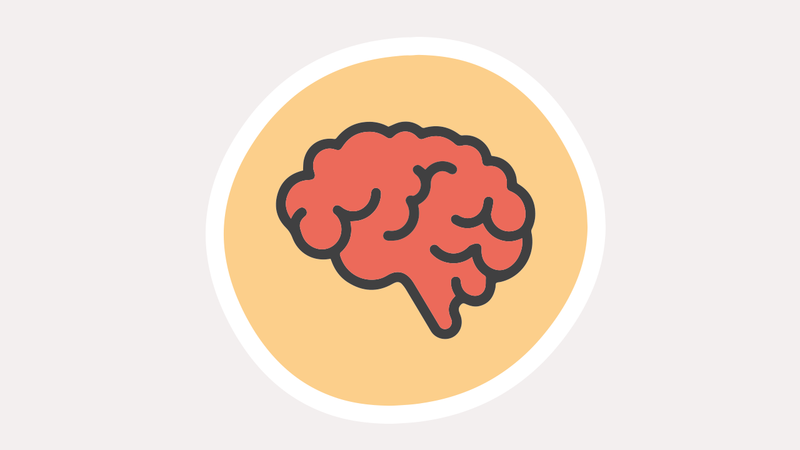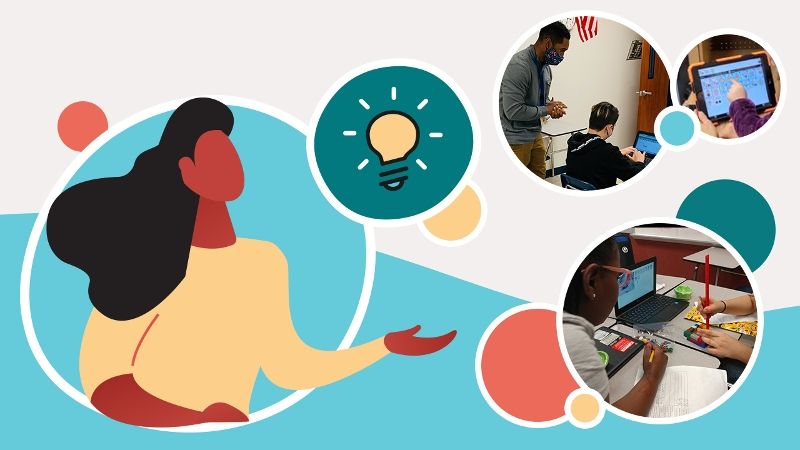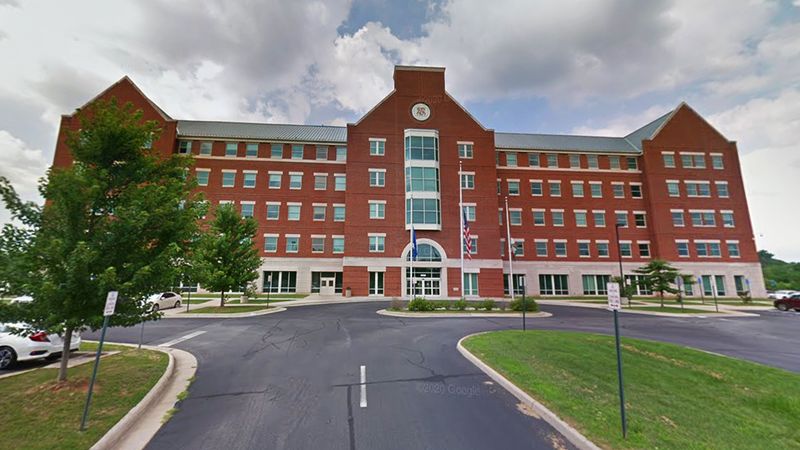Learners Actively Engage

Get Started Developing Technology Competencies:
The district sets an expectation that learners use technology to actively engage in flexible, accessible, collaborative, and relevant learning experiences. Technology, when intentionally considered in the design, can help students make progress toward their learning goals.
Actions for districts to encourage students to be actively engaged:
- Encourage technology use for learning goals: The district encourages learners to use technology to progress toward learning goals.
- Encourage expressive technology use: The district encourages and supports learners to use technology to express themselves.
Learn from Our Partners

- Blog Post: Five Things AT Leaders Need to Know About Inclusive Technology Systemsexternal site, UDL Center
- Blog Post: Five Things EdTech Leaders Need to Know About Inclusive Technology Systemsexternal site, UDL Center
- Podcast: It's Not Cheating! Myth Bustingexternal site, AEM Center at CAST
- Webinar Series: Learning with the Authors of Inclusive Learning 365, Center on Inclusive Technology in Education Systems (CITES) at CAST
- Case Story: BISD ⎜ Clute, TXPDF document
Resources
- IEP/504 Plans in Virtual LearningPDF document, Center on Inclusive Technology & Education Systems (CITES) at CAST
Loudoun County's Story

Loudoun County Public Schools (Ashburn, Virginia)
Loudoun County Public Schools serves approximately 84,000 students in Ashburn, Virginia. Prior to the COVID-19 school building closures, Loudoun County had been focused on building toward 1:1 device implementation from a previous bring your own device model. In recent years, the district increased its commitment to universal access to technology in general education by providing tools with features that improve accessibility (e.g. text to speech, speech to text, word prediction) and by integrating assistive technology. The district team shared that the COVID-19 closures forced a shift in thinking about technology and a recognition for how critical AT and accessibility are in supporting student learning, as well as the importance of designing inclusive and flexible learning experiences to support learner variability.
The district shared its vision for personalized learning and a mission to “empower all students to make meaningful contributions to the world by developing critical thinkers, communicators, collaborators, creators, and contributors by cultivating high-performing teams of professionals who design and deliver effective and efficient support for student success.” To achieve this vision, the district has been working to build teaching and learning practices centered on flexible learning strategies and tools, data-driven decision making, and creating multiple opportunities for student ownership and reflection on learning. These practices are further supported by designing educational opportunities enhanced by technology that enables deeper learning for every student. The district team noted that teachers work to design and deliver experiences that provide learners with voice and choice, along with the opportunity to take control of their own learning using the technologies that best meet their needs. For example, the district focuses heavily on project-based learning, with teachers learning alongside students and students learning from each other as partners and peers in learning. District staff shared that shifts in pedagogy required by project-based learning resulted in increased conversations and interest among staff about how to integrate technology in a way that enhances inclusive instruction for all students.
Supporting Research
-
De Mars, A. (2010). Internet usage by Native Americans with disabilities living on American Indian reservations in the Great Plains. Rural Special Education Quarterly, 29(2), 34–40.
-
Shiffman, C.D. (2019). Learning to communicate across language and culture: Demographic change, schools, and parents in adult ESL classes. School Community Journal, 29, 9-38.